NSYSU President discusses expanding medical education in southern Taiwan in program broadcast by Kaohsiung Broadcasting Station
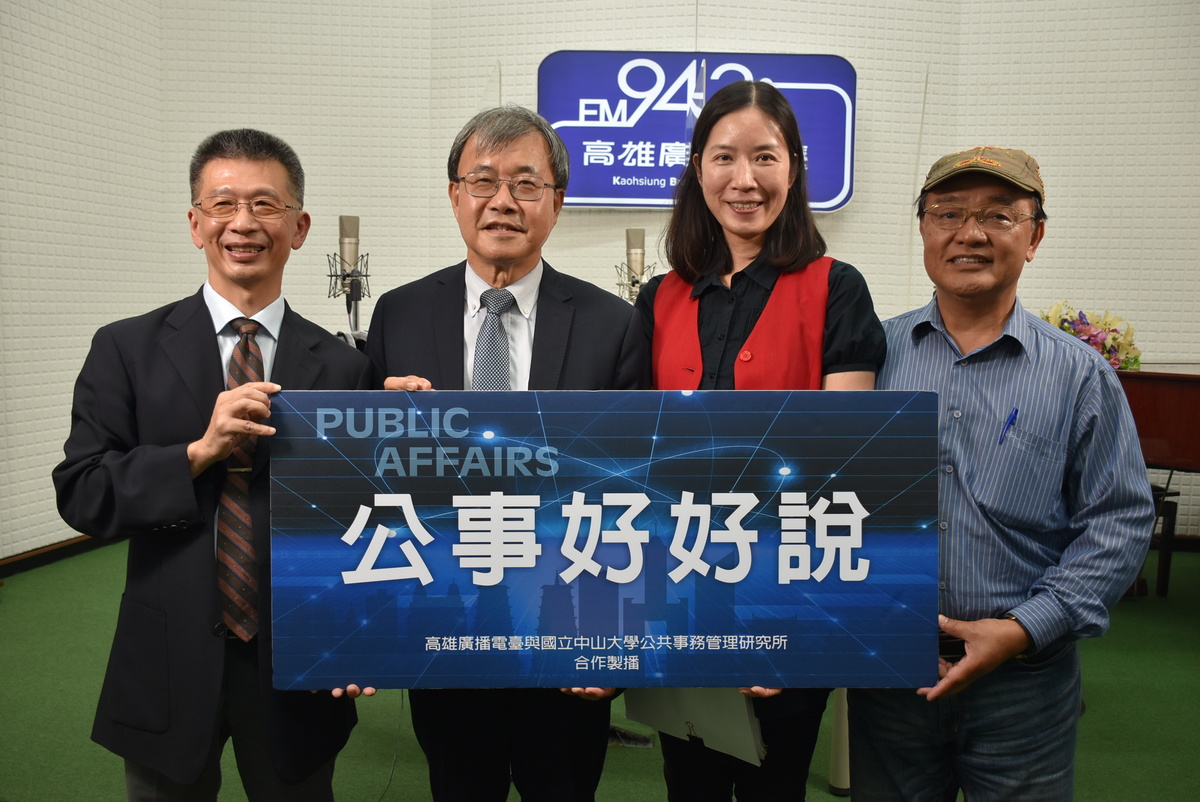
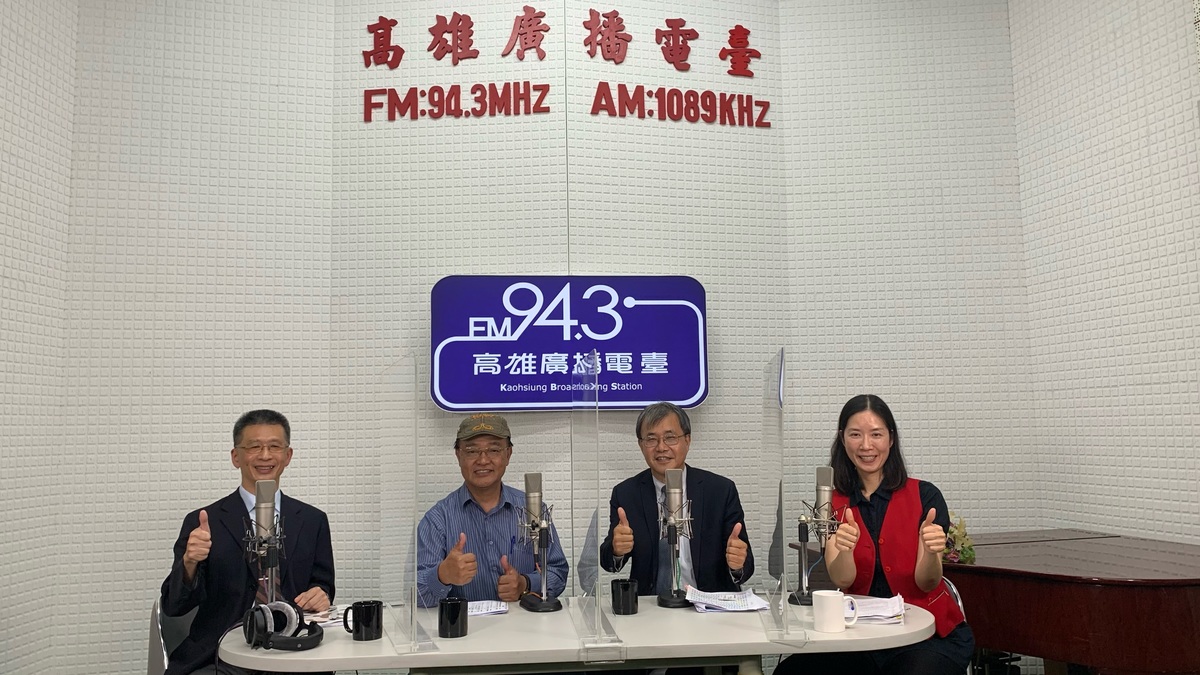
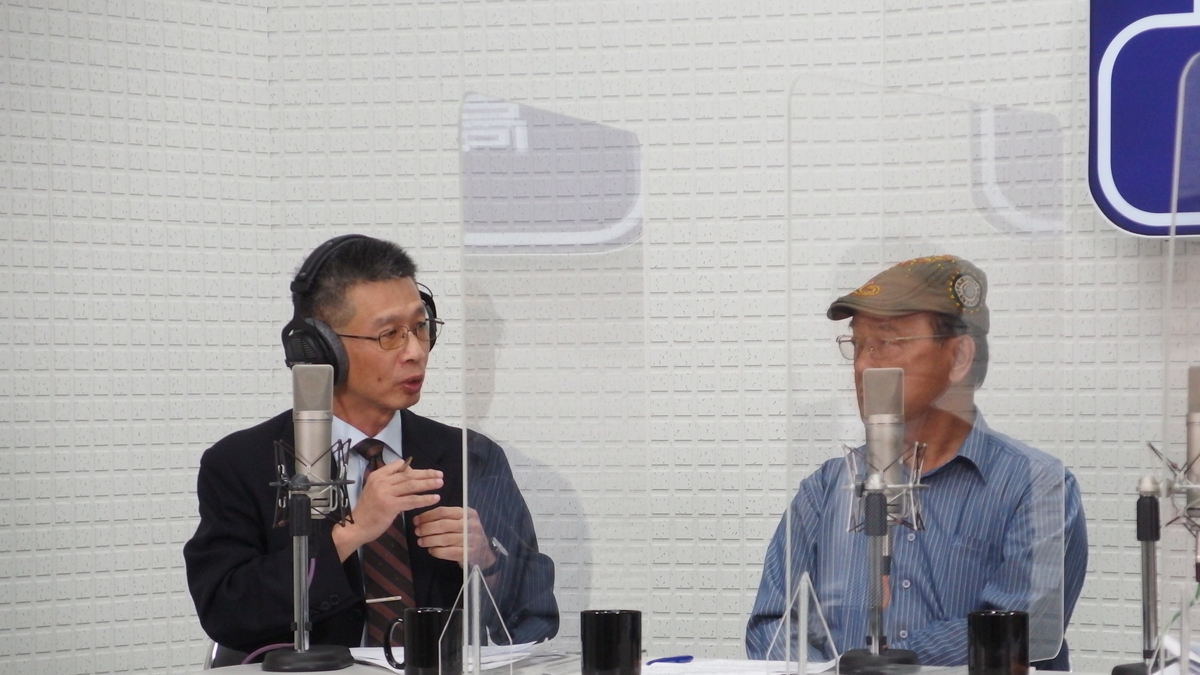
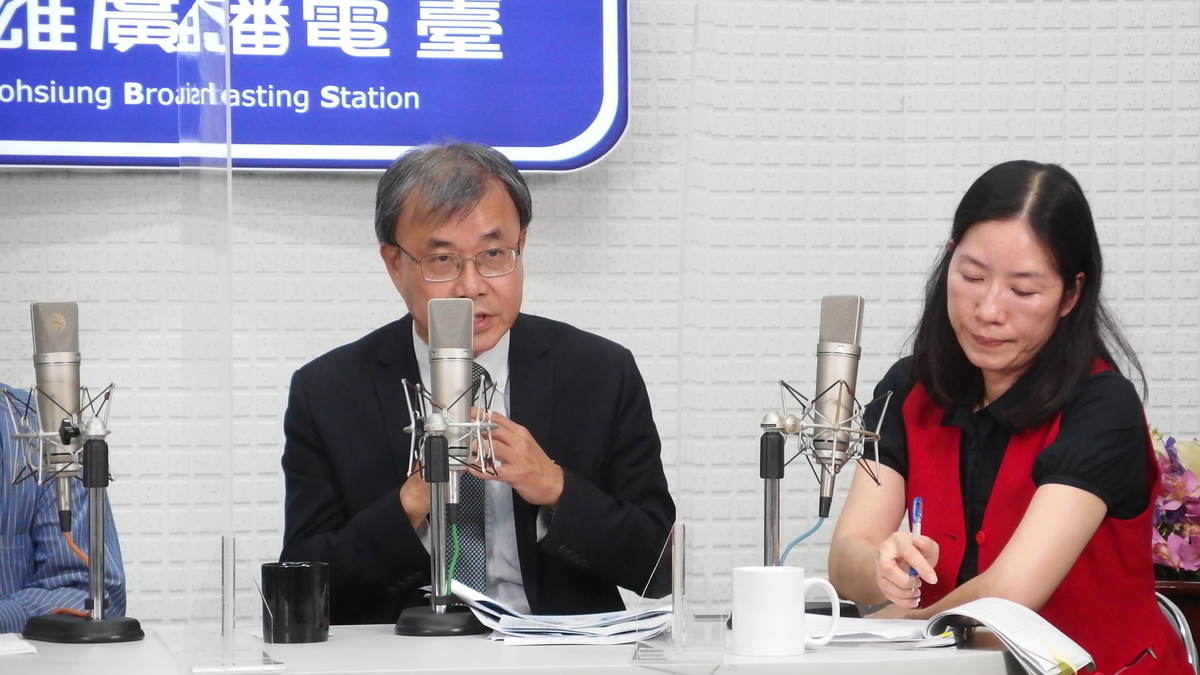
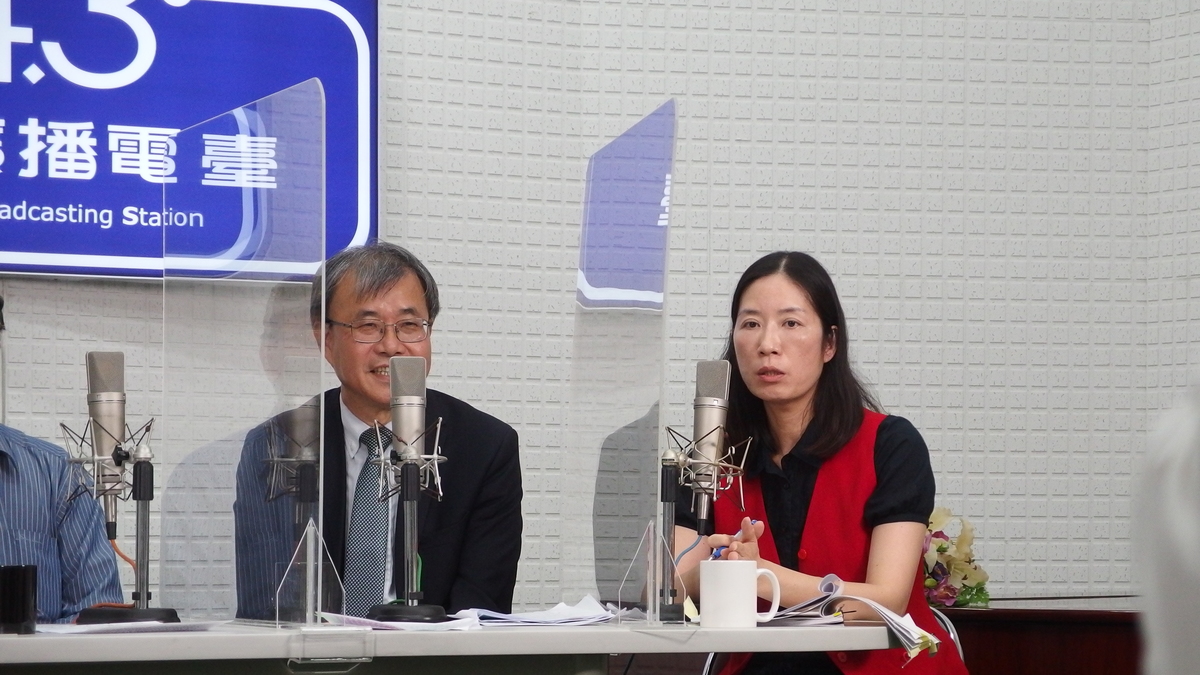
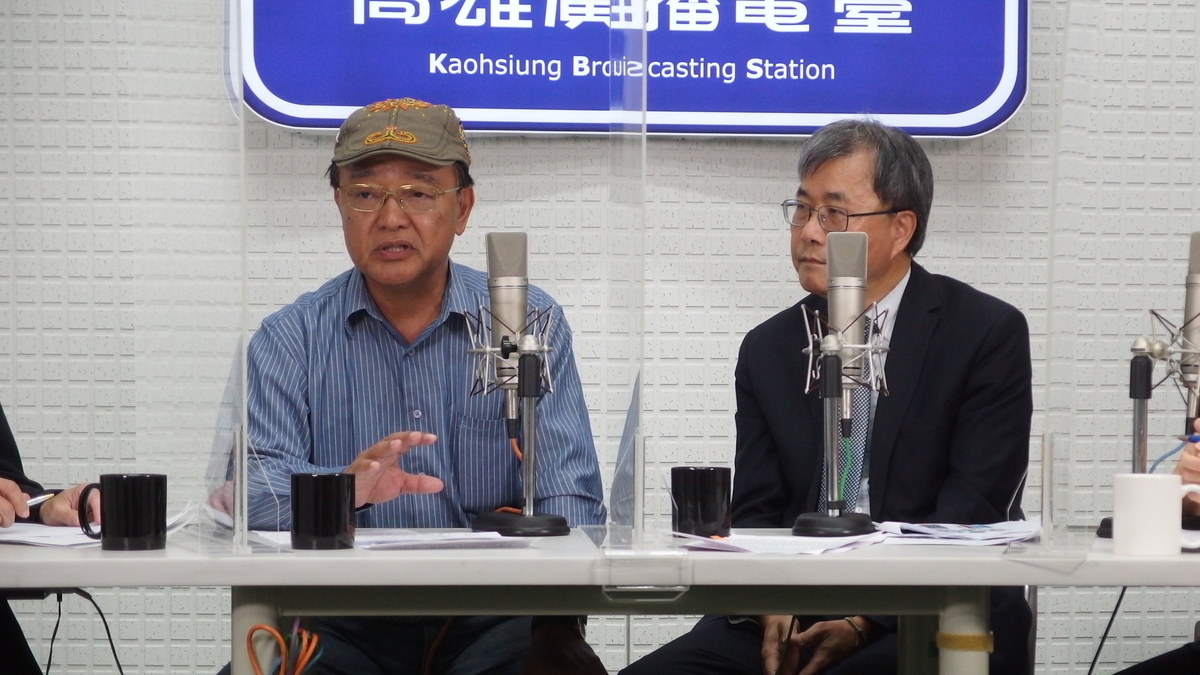
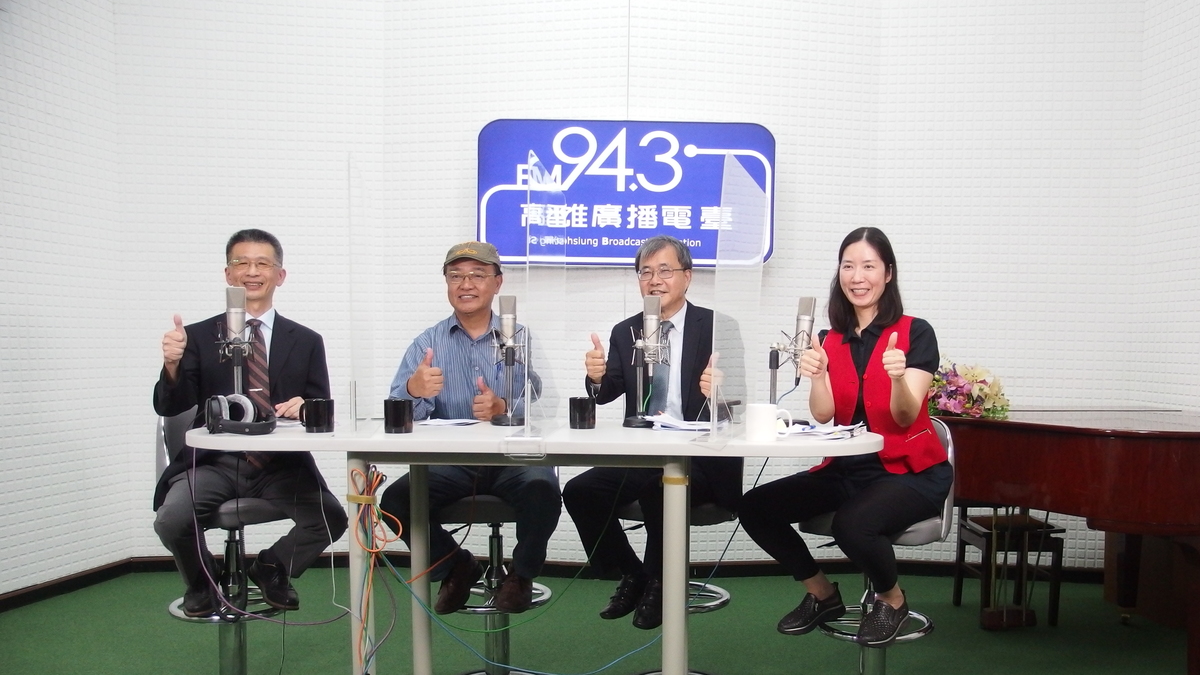
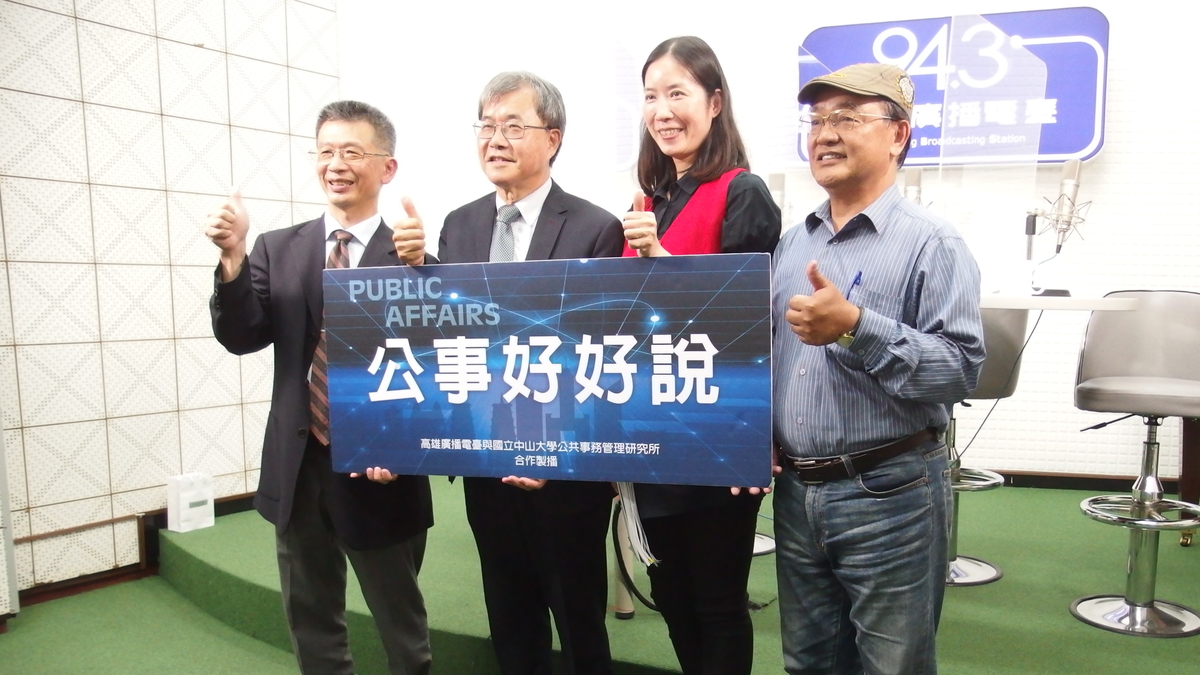
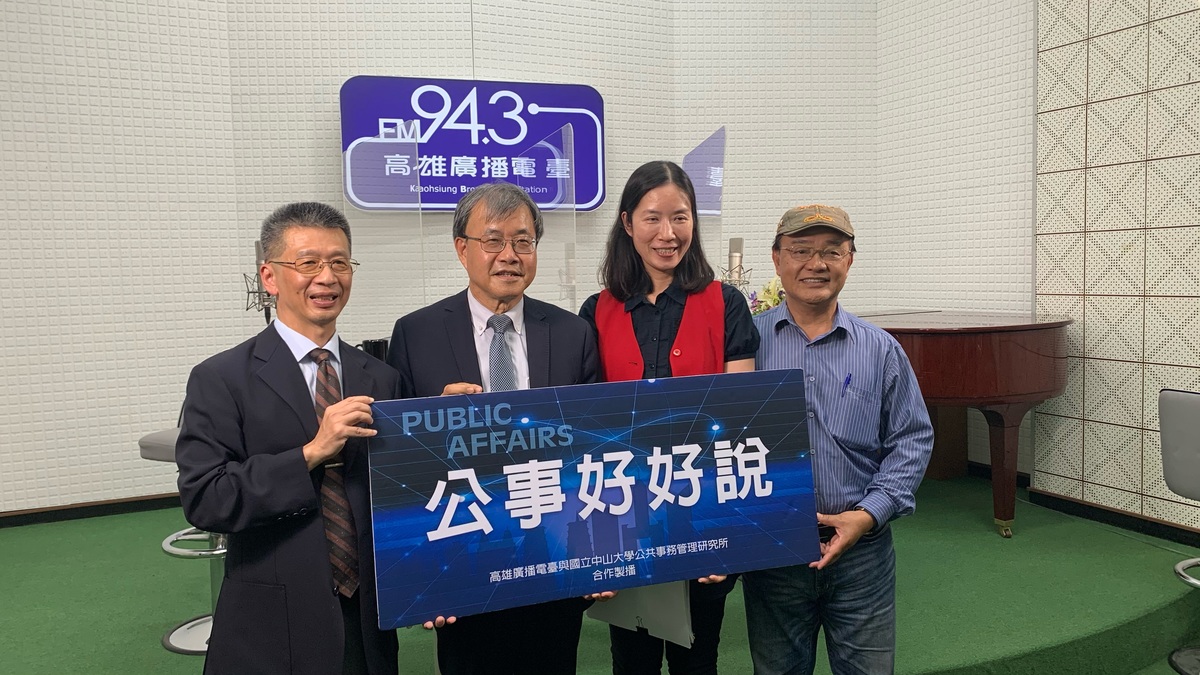
2021-03-15
National Sun Yat-sen University is establishing the School of Post-Baccalaureate Medicine. On March 8th, NSYSU President Ying-Yao Cheng discussed the reasons to expand medical education in southern Taiwan with the Chief Secretary of the Department of Health, Kaohsiung City Government, Hsiao-Hsing Wang and indigenous Kaohsiung City Councilor Pasulang Tomatalate in a program broadcast by Kaohsiung Broadcasting Station. Tomatalate and Wang raised the issue of the disparity in healthcare resources between urban and rural areas and the difficult situation of the indigenous peoples living in the mountains. They agreed that the establishment of the School of Post-Baccalaureate Medicine at NSYSU is necessary for solving the problem of the disparity in medical resources between the north and south of Taiwan by cultivating smart healthcare professionals and achieving justice in healthcare in Taiwan.
The program was moderated by Jui-Kun Kuo, Professor of the Institute of Public Affairs Management and Associate Dean of the College of Management. Professor Jui-Kun Kuo provided statistical data to demonstrate the need for establishing the School of Post-Baccalaureate Medicine at NSYSU. He pointed out that in 2017, there was an average of 8.28 medical professionals per km2 in Taiwan, 42.89 in the Taipei area and only 4.93 in the Kaohsiung-Pingtung-Penghu-Taitung area. This is a proof of the unequal distribution of medical resources in the north and south of Taiwan.
“We, indigenous people, can’t afford to get sick!” Councilor Tomatalate said that because the areas of indigenous peoples lack convenient transportation and have insufficient medical professionals and equipment, the average lifespan of the indigenous Taiwanese is 8.3 years shorter than of Han Taiwanese. “This is not only a big concern for the indigenous people, but also a matter of justice,” he said. He also mentioned that earlier, there used to be a guaranteed quota of public-financed doctors for indigenous people, and many public-financed doctors were indigenous Taiwanese, who would come back to their hometown after graduation and dedicate themselves to serving their people, while nowadays, with the quota decreasing year by year, and the indigenous public-financed doctors getting older and retiring, he is worried about the growing disparity between healthcare resources in urban and rural areas.
How to retain public-financed medical professionals in rural areas? Councilor Tomatalate said that first, there is a problem of public-financed doctors not wanting to serve in remote areas long-term. Secondly, there are differences in the culture and lifestyle between Han and indigenous Taiwanese and if the public-financed doctors are unable to adapt to the local culture, many indigenous patients will be unwilling to visit the clinic, and would rather go to a clinic in the city, and thus the local clinic would not perform its function.
He emphasized that the indigenous people need public-financed doctors who are compassionate, patient, and truly willing to serve the local community. The curriculum established by NSYSU for the School of Post-Baccalaureate Medicine includes at least 100 hours of voluntary medical service in rural areas and outer islands for two-months’ time during the instruction period. This will allow students to get familiar with the future working environment and adapt to the lifestyle in indigenous people’s living areas to take care of residents’ physical and mental health.
Chief Secretary of the Department of Health Hsiao-Hsing Wang pointed out that in 2019, for every 10,000 residents in Kaohsiung City, there were 24.11 Western medicine doctors, a higher ratio than the national average of 20.97. However, if we analyze it further, the average number of doctors in 7 out of Kaohsiung’s 38 administrative districts, such remote areas as Tianliao, Jiasian, Shanlin, or Yongan, is less than 3 per 10,000 residents. This proves that medical care in rural and mountain areas in Kaohsiung City needs to be addressed and improved.
Wang said that Kaohsiung City Government attaches a great importance to smart healthcare and precision medicine in developing rural healthcare. The City Government is optimistic about the establishment of the School of Post-Baccalaureate Medicine by NSYSU, its future integration of interdisciplinary technologies for smart medicine and telemedicine and the cultivation of smart healthcare professionals, doctors and scientists to diversify Taiwan’s medical education, establish a more complete healthcare network in Kaohsiung, Pingtung, Penghu and Taitung area, and meet the needs of the residents of outer islands and rural areas so that they don’t have to commute to the city to obtain medical services.
President Ying-Yao Cheng emphasized that Taiwan now has an urgent need to promote healthcare justice to address the disparity in healthcare resources between the north and south and that NSYSU will use its plentiful academic capacity to cultivate smart healthcare professionals for rural areas and outer islands of Kaohsiung, Pingtung, Penghu and Taitung area. He mentioned that as the pandemic stroke, people in Europe and America did not have the habit of wearing face masks. In a collaborative international research published in Science, a top international journal, Aerosol Science Research Center of NSYSU proved that asymptomatic individuals infected with COVID-19 can spread the disease by aerosol transmission. The team of the Department of Electrical Engineering developed self-injection-locked radar, creating the world’s first contact-free biosensing system to timely monitor patients’ heartbeat, respiration, and body temperature. It can be applied in cloud health management, and care systems for the elderly and infants. NSYSU also has the only Positron Emission Tomography Laboratory, the only of such kind in Taiwan; it develops a core material for positron emission tomography used for medical imaging – single crystals. “These are Taiwan’s leading technologies.”
President Ying-Yao Cheng said that NSYSU created a public-financed healthcare environment model, integrated with the public medical system and the University’s resources. It lets public-financed doctors gain sufficient clinical experience serving in small towns to then return to the medical center to grow their careers by pursuing a higher degree, study abroad, or return to NSYSU to study for a higher degree and acquire research abilities. This will create a positive environment for public-financed doctors and result in innovative research results of practitioners’ medical research shared with the medical center and provide support for fellow medical professionals in rural areas. Healthcare in rural areas and outer islands can be sustainable if healthcare workers are given a future and support. If this is achieved, the Taiwanese people will have access to healthcare regardless of their place of residence.
Professors of the Institute of Public Affairs Management of NSYSU take turns to moderate the program Let’s Talk About Public Affairs (“公事好好說”) by Kaohsiung Broadcasting Station. It invites local representatives, government officials, the community, representatives of the industry, and citizens’ organizations to discuss current issues and share experiences of local innovation. It is broadcast locally in Kaohsiung and focuses on issues in Taiwan and overseas.
Listen to the radio program (Chinese):
https://www.kbs.gov.tw/index.aspx#/ProgramIntroduction_detail?id=eaa84974-97b9-4343-aa44-2ecfc0e09dae
National Sun Yat-sen University is establishing the School of Post-Baccalaureate Medicine. On March 8th, NSYSU President Ying-Yao Cheng discussed the reasons to expand medical education in southern Taiwan with the Chief Secretary of the Department of Health, Kaohsiung City Government, Hsiao-Hsing Wang and indigenous Kaohsiung City Councilor Pasulang Tomatalate in a program broadcast by Kaohsiung Broadcasting Station. Tomatalate and Wang raised the issue of the disparity in healthcare resources between urban and rural areas and the difficult situation of the indigenous peoples living in the mountains. They agreed that the establishment of the School of Post-Baccalaureate Medicine at NSYSU is necessary for solving the problem of the disparity in medical resources between the north and south of Taiwan by cultivating smart healthcare professionals and achieving justice in healthcare in Taiwan.
The program was moderated by Jui-Kun Kuo, Professor of the Institute of Public Affairs Management and Associate Dean of the College of Management. Professor Jui-Kun Kuo provided statistical data to demonstrate the need for establishing the School of Post-Baccalaureate Medicine at NSYSU. He pointed out that in 2017, there was an average of 8.28 medical professionals per km2 in Taiwan, 42.89 in the Taipei area and only 4.93 in the Kaohsiung-Pingtung-Penghu-Taitung area. This is a proof of the unequal distribution of medical resources in the north and south of Taiwan.
“We, indigenous people, can’t afford to get sick!” Councilor Tomatalate said that because the areas of indigenous peoples lack convenient transportation and have insufficient medical professionals and equipment, the average lifespan of the indigenous Taiwanese is 8.3 years shorter than of Han Taiwanese. “This is not only a big concern for the indigenous people, but also a matter of justice,” he said. He also mentioned that earlier, there used to be a guaranteed quota of public-financed doctors for indigenous people, and many public-financed doctors were indigenous Taiwanese, who would come back to their hometown after graduation and dedicate themselves to serving their people, while nowadays, with the quota decreasing year by year, and the indigenous public-financed doctors getting older and retiring, he is worried about the growing disparity between healthcare resources in urban and rural areas.
How to retain public-financed medical professionals in rural areas? Councilor Tomatalate said that first, there is a problem of public-financed doctors not wanting to serve in remote areas long-term. Secondly, there are differences in the culture and lifestyle between Han and indigenous Taiwanese and if the public-financed doctors are unable to adapt to the local culture, many indigenous patients will be unwilling to visit the clinic, and would rather go to a clinic in the city, and thus the local clinic would not perform its function.
He emphasized that the indigenous people need public-financed doctors who are compassionate, patient, and truly willing to serve the local community. The curriculum established by NSYSU for the School of Post-Baccalaureate Medicine includes at least 100 hours of voluntary medical service in rural areas and outer islands for two-months’ time during the instruction period. This will allow students to get familiar with the future working environment and adapt to the lifestyle in indigenous people’s living areas to take care of residents’ physical and mental health.
Chief Secretary of the Department of Health Hsiao-Hsing Wang pointed out that in 2019, for every 10,000 residents in Kaohsiung City, there were 24.11 Western medicine doctors, a higher ratio than the national average of 20.97. However, if we analyze it further, the average number of doctors in 7 out of Kaohsiung’s 38 administrative districts, such remote areas as Tianliao, Jiasian, Shanlin, or Yongan, is less than 3 per 10,000 residents. This proves that medical care in rural and mountain areas in Kaohsiung City needs to be addressed and improved.
Wang said that Kaohsiung City Government attaches a great importance to smart healthcare and precision medicine in developing rural healthcare. The City Government is optimistic about the establishment of the School of Post-Baccalaureate Medicine by NSYSU, its future integration of interdisciplinary technologies for smart medicine and telemedicine and the cultivation of smart healthcare professionals, doctors and scientists to diversify Taiwan’s medical education, establish a more complete healthcare network in Kaohsiung, Pingtung, Penghu and Taitung area, and meet the needs of the residents of outer islands and rural areas so that they don’t have to commute to the city to obtain medical services.
President Ying-Yao Cheng emphasized that Taiwan now has an urgent need to promote healthcare justice to address the disparity in healthcare resources between the north and south and that NSYSU will use its plentiful academic capacity to cultivate smart healthcare professionals for rural areas and outer islands of Kaohsiung, Pingtung, Penghu and Taitung area. He mentioned that as the pandemic stroke, people in Europe and America did not have the habit of wearing face masks. In a collaborative international research published in Science, a top international journal, Aerosol Science Research Center of NSYSU proved that asymptomatic individuals infected with COVID-19 can spread the disease by aerosol transmission. The team of the Department of Electrical Engineering developed self-injection-locked radar, creating the world’s first contact-free biosensing system to timely monitor patients’ heartbeat, respiration, and body temperature. It can be applied in cloud health management, and care systems for the elderly and infants. NSYSU also has the only Positron Emission Tomography Laboratory, the only of such kind in Taiwan; it develops a core material for positron emission tomography used for medical imaging – single crystals. “These are Taiwan’s leading technologies.”
President Ying-Yao Cheng said that NSYSU created a public-financed healthcare environment model, integrated with the public medical system and the University’s resources. It lets public-financed doctors gain sufficient clinical experience serving in small towns to then return to the medical center to grow their careers by pursuing a higher degree, study abroad, or return to NSYSU to study for a higher degree and acquire research abilities. This will create a positive environment for public-financed doctors and result in innovative research results of practitioners’ medical research shared with the medical center and provide support for fellow medical professionals in rural areas. Healthcare in rural areas and outer islands can be sustainable if healthcare workers are given a future and support. If this is achieved, the Taiwanese people will have access to healthcare regardless of their place of residence.
Professors of the Institute of Public Affairs Management of NSYSU take turns to moderate the program Let’s Talk About Public Affairs (“公事好好說”) by Kaohsiung Broadcasting Station. It invites local representatives, government officials, the community, representatives of the industry, and citizens’ organizations to discuss current issues and share experiences of local innovation. It is broadcast locally in Kaohsiung and focuses on issues in Taiwan and overseas.
Listen to the radio program (Chinese):
https://www.kbs.gov.tw/index.aspx#/ProgramIntroduction_detail?id=eaa84974-97b9-4343-aa44-2ecfc0e09dae
Click Num:
Share
